
SOBEKNEFERU
ruled 1777-1773 BC
Though it has been proposed that women did rule Egypt before the 12th Dynasty, Sobekneferu was the first female pharaoh of ancient Egypt to be confirmed by archaeological evidence.
Among a small collection of surviving sources to bear her name and royal titles is a cylindrical seal made of steatite, now housed in the British Museum. She acceded to rule at the end of the 12th Dynasty, after the death of her brother, Amenemhat IV, who died without a suitable male heir.
Unlike Hatshepsut - a woman who later adopted the appearance of a traditional male king (see opposite page) Sobekneferu alternated traditional female clothing with royal attire and regalia, creating a composite gender image that can be seen in her few surviving statues. It has been suggested that the pharaoh may have used this deliberate ambiguity as a way to combat critics of her position based on her sex.
Though very little is known about Sobekneferu's nearly four-year rule, some experts believe that she oversaw the building of a pyramid in Mazghuna, in the northern region of modern Egypt.
CLEOPATRA
ruled 51-30 BC
The ruler known to history simply as 'Cleopatra' was actually the seventh queen of that name. Like Nefertiti (see opposite page), Cleopatra's modern reputation is dominated by myths of her great beauty, but there is also much evidence to suggest that she was highly intelligent, a skilled scholar and a shrewd politician; she was the first Ptolemaic ruler to learn Egyptian in addition to Greek, and she spoke seven other languages.
Denne historien er fra June 2022-utgaven av History Revealed.
Start din 7-dagers gratis prøveperiode på Magzter GOLD for å få tilgang til tusenvis av utvalgte premiumhistorier og 9000+ magasiner og aviser.
Allerede abonnent ? Logg på
Denne historien er fra June 2022-utgaven av History Revealed.
Start din 7-dagers gratis prøveperiode på Magzter GOLD for å få tilgang til tusenvis av utvalgte premiumhistorier og 9000+ magasiner og aviser.
Allerede abonnent? Logg på
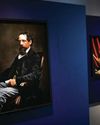
'Dickens's evocation of the fears, excitement and confusion of childhood is peerless'
DR LEE JACKSON ON WHY CHARLES DICKENS REMAINS RELEVANT TODAY
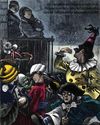
THE AUTHOR GOES ABROAD
Dickens expanded his horizons and boosted his fan-base by venturing overseas - but global fame came with a cost
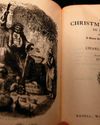
REVIVING THE FESTIVE SPIRIT
A Christmas Carol wasn't just a bestseller - it changed the way that Britons chose to mark the festive season

GIVING THE POOR A VOICE
From Hard Times to Oliver Twist, Charles Dickens used his pen to help illuminate the lives of the less fortunate
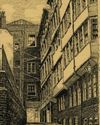
A JOURNEY THROUGH DICKENS'S LONDON
The works of Charles Dickens are synonymous with visions of Victorian London. We talk to Dr Lee Jackson about the author's love of the capital, and the locations that most inspired him
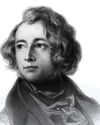
EXCEEDING EXPECTATIONS
Dr Lee Jackson chronicles Charles Dickens's journey from down-at-luck teenager to titan of Victorian literature

GIFTS, TREES & FEASTING
We take a journey through the photo archives to reveal how Christmas and its many traditions have been celebrated over the years - and around the world
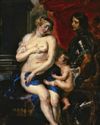
WHAT GREAT PAINTINGS SAY
We explore the story behind an allegorical painting that celebrates the triumph of love over hate, peace over war
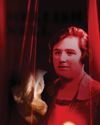
HELLISH NELL
Malcolm Gaskill delves into the life of Helen Duncan - the fraudulent Scottish medium whose ectoplasm-filled seances saw her ending up on the wrong side of the law

7 THINGS YOU (PROBABLY) DIDN'T KNOW ABOUT THE WHITE HOUSE
Presidential historian Dr Lindsay M Chervinsky reveals some of the most surprising facts about the world-famous US residence